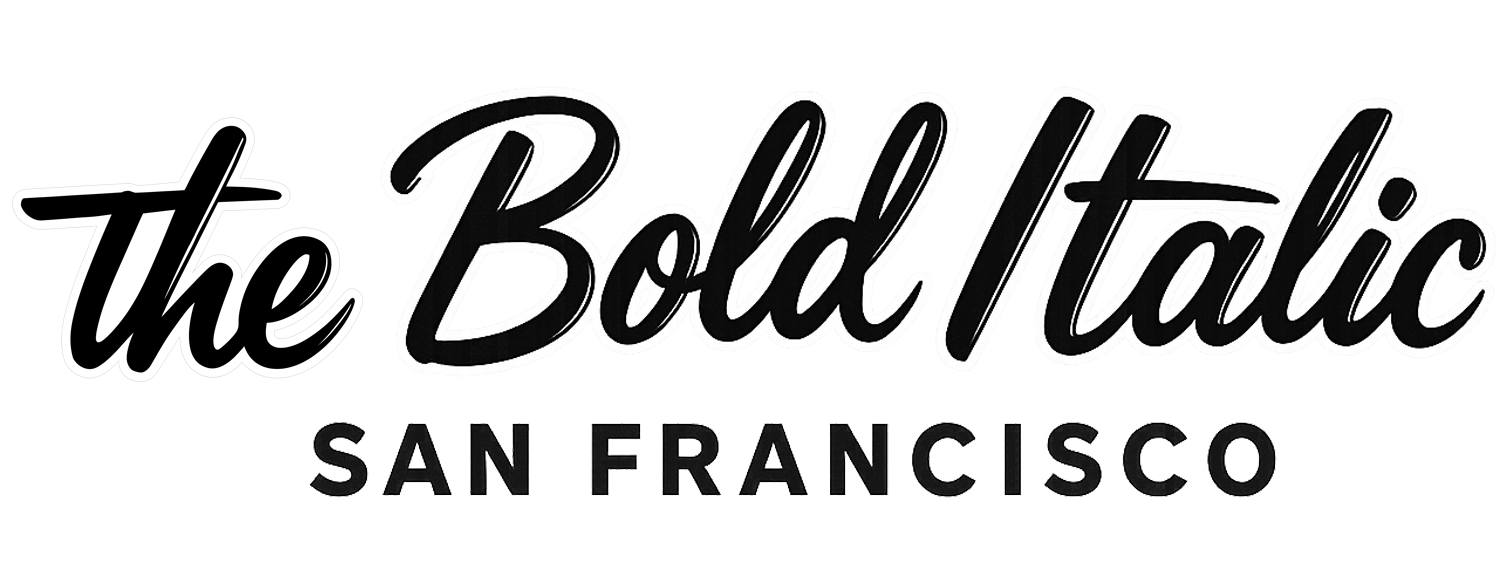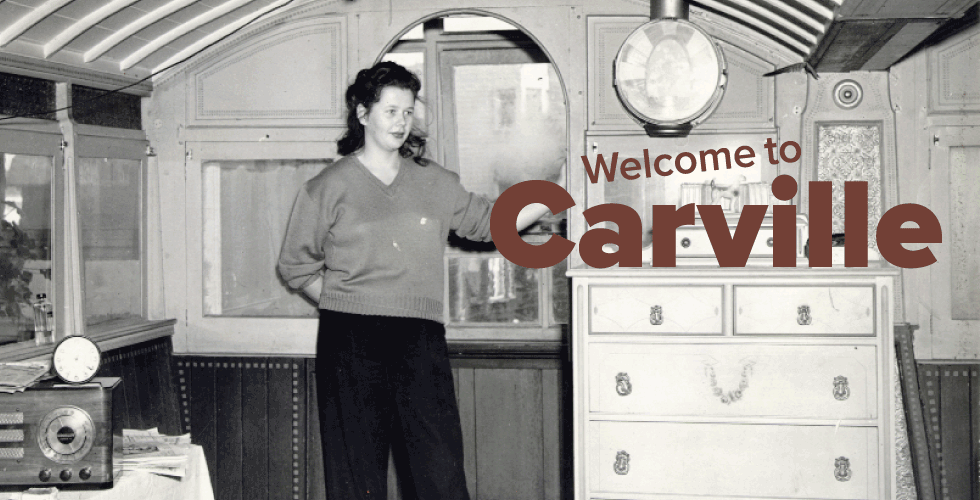
It was a time when riding single-speed bicycles was the cat’s meow, and tiny economical residences were trending and hip. New neighborhood spots were popping up everywhere, gentrifying the once impoverished areas of The City. The economy was flourishing! Yes, the gold rush of 1849 brought incredible prosperity and growth to the tiny village by the bay. It seems we have come full circle, San Francisco.

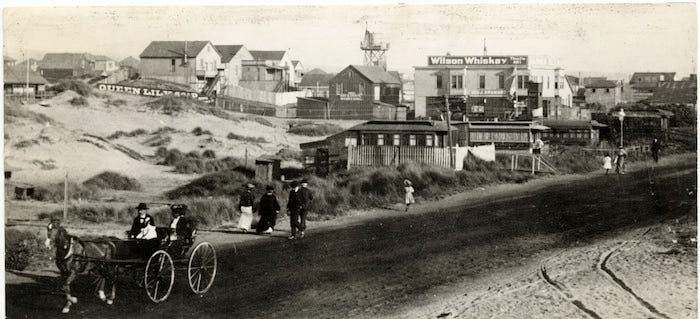
San Francisco History Center, San Francisco Public Library

Carville-by-the-Sea, one of the more interesting consequences of 1800s prosperity, was a new neighborhood in an unsettled part of the city. Market Street Railway Company dumped the old equine-pulled railcars in the sand dunes of the west to make room for the new electric and cable-driven streetcars. Poorer townspeople quickly transformed the abandoned relics into residences and businesses. Some retained the original form of the trolleys, while others were incorporated into a larger design, sometimes used as spare rooms, or stacked side-by-side or even on top of each other. A charming neighborhood was born from what was once called the “Great Sand Waste.” As often happens in San Francisco, it was only a matter of time before the strange and eclectic became the fresh and trendy.

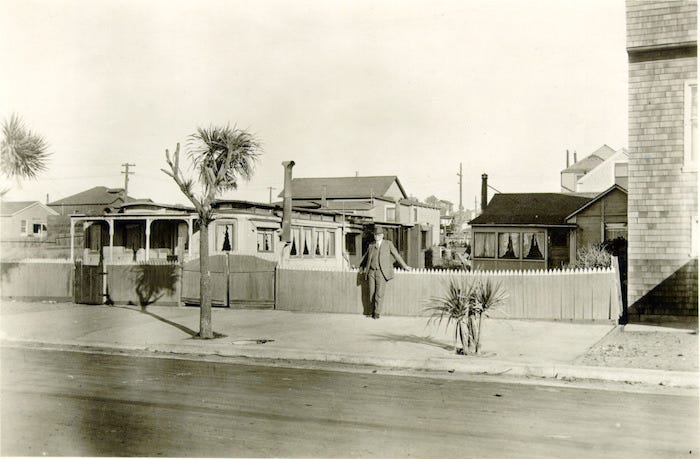

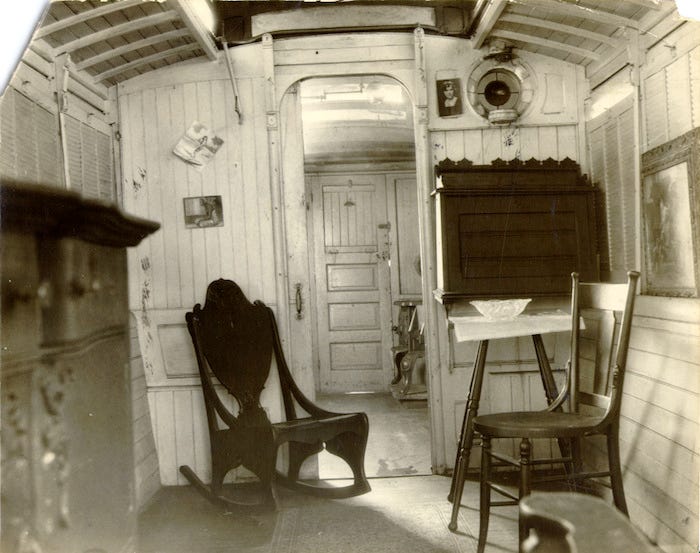

Mayor Sutro expanded his real estate ventures to include Lands End and built an open estate overlooking his new public bath complex, his Cliff House restaurant, and Ocean Beach. The neighborhood gradually expanded south and into Carville. By 1901 over 100 cars were occupied by 50 families. Invites to elite dinner parties and weekend shenanigans were highly sought.

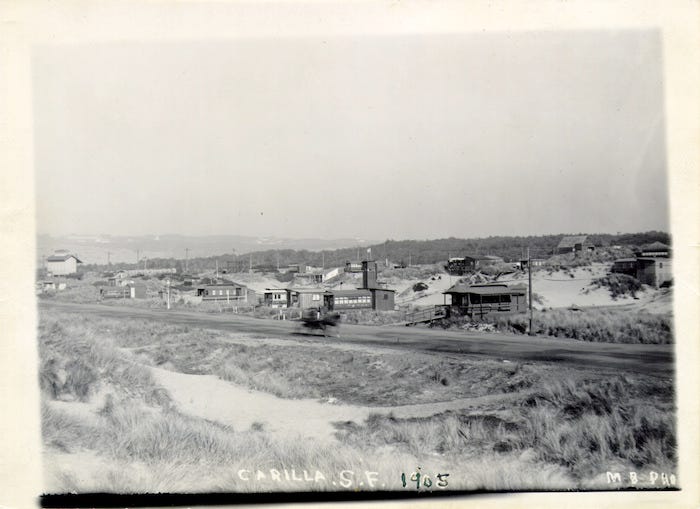

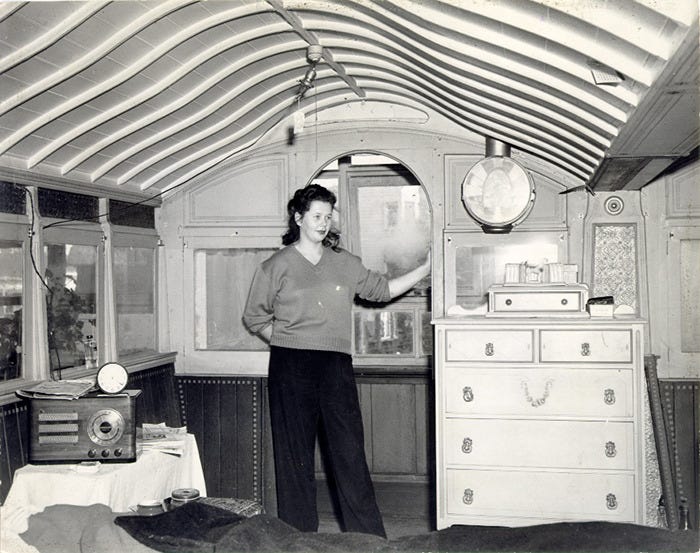

Sadly, Carville became too big for the humble infrastructure. The charming wooden walkways were replaced with concrete sidewalks. Power lines and phone lines began to populate the neighborhood. The increase in amenities came with a decline in interest. All of what made Carville-by-the-Sea a glorious aside from the gold-rushed city had been tainted by unrestricted development. Around 1910, realtors started to sell smaller, cottage-like houses near the dunes (much more successful than Sutro’s try at mansions), and Carville slowly dissolved into the newly developed Outer Sunset.

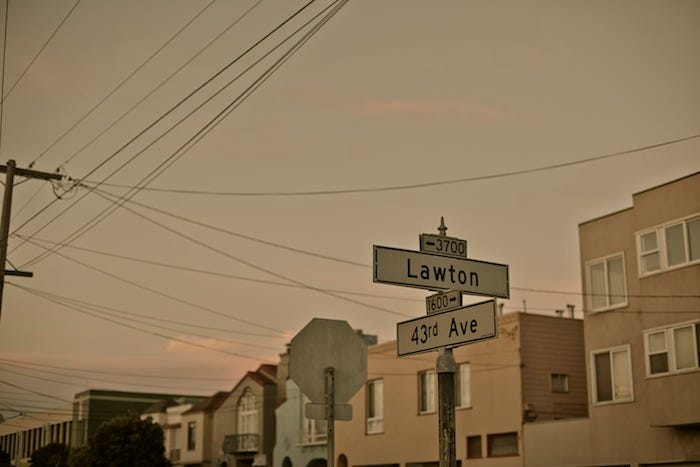

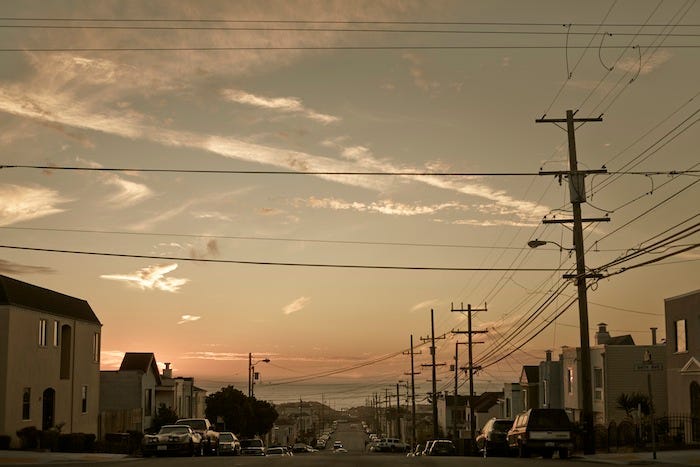

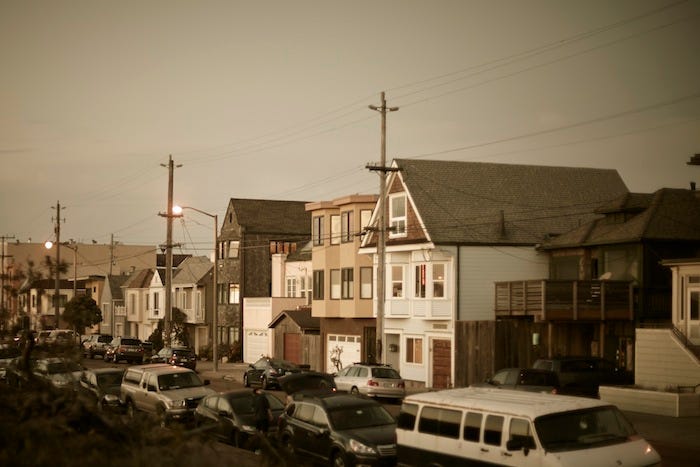

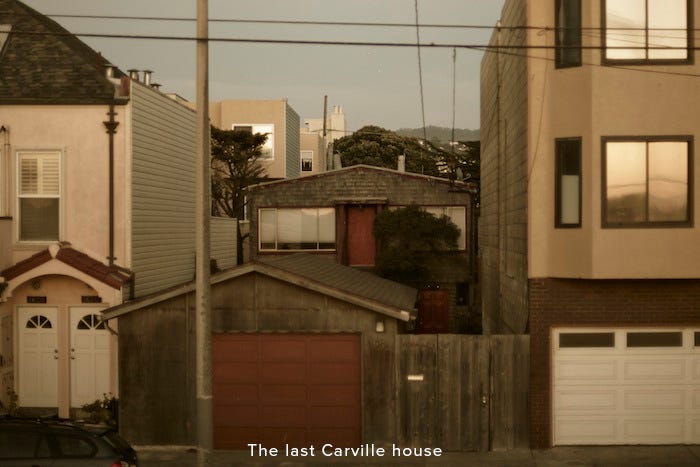

Now, the only known remains of Carville-by-the-Sea are near 47th Avenue and the Great Highway. The unsuspecting, wood-sided, quaint house is made of three cars. Two cable cars adjoined make the second floor, while one equine car is the guest bedroom. It’s a quiet, almost invisible reminder that the only thing that stays the same, in this ever-evolving city by the bay, is change.

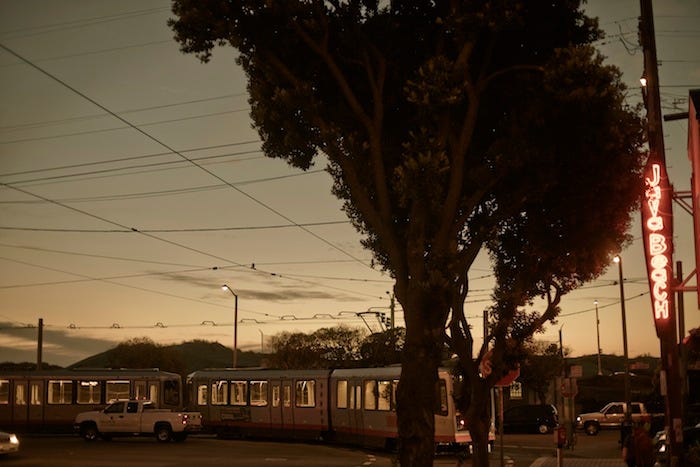

All original Carville photos courtesy of San Francisco History Center, San Francisco Public Library. (Thanks.)



